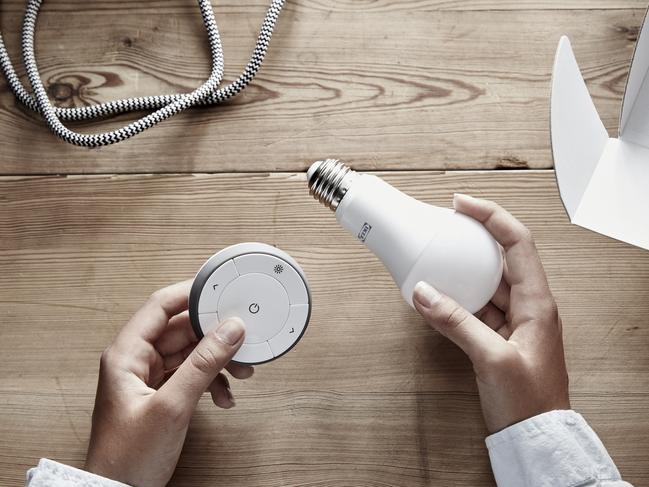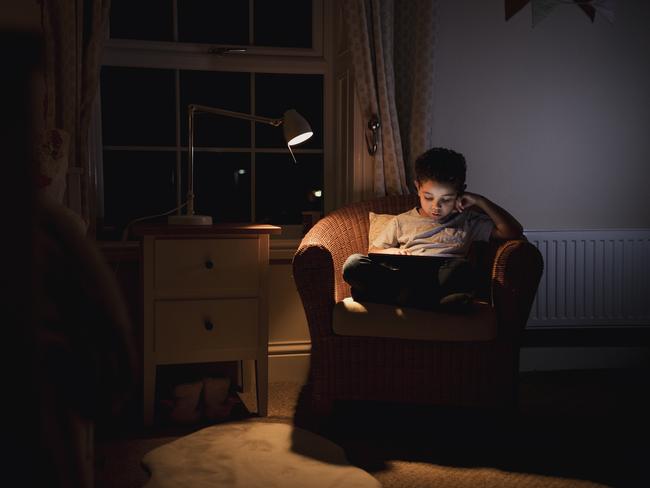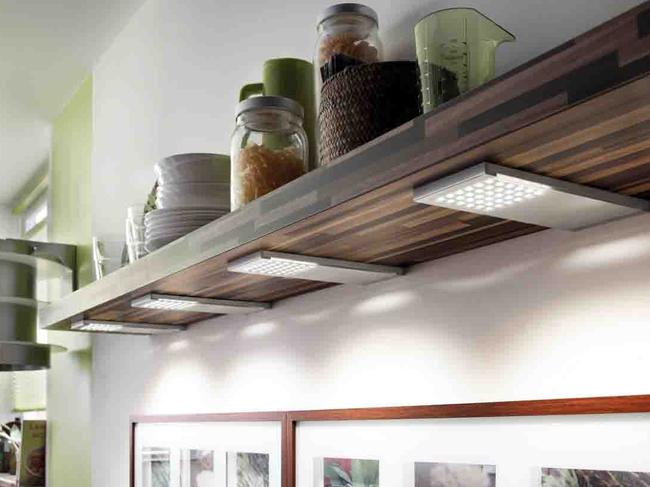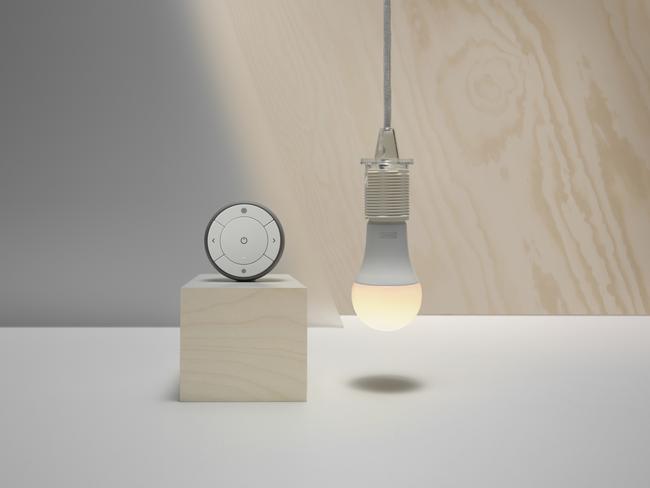Shock health warning as LED lights linked to cancer and obesity
They are cost effective and better for the environment, but experts are warning the use of these popular household objects could increase the risk of cancer, obesity and mood disorders.

Property
Don't miss out on the headlines from Property. Followed categories will be added to My News.
If bad sleep and headaches cause you strife, it’s time to put the spotlight on LEDs and expose the truth.
We use them each and every day, but could the light in our homes be making our lives harder?
Dazzled by cost savings and environmental claims, we may have accidentally ditched better lighting for LEDs – and they may be responsible for a whole range of health problems.
Is anybody watching where the light is leading us?

THE DARK SIDE
Take stock of the light in your home that silently influences you every day and every night. It’s not what it used to be.
We literally face artificial LED (light emitting diode) from the first time we check our phones in the morning until we fall asleep.
We have eagerly adopted LED lights as more environmentally responsible (the bulbs last up to 20 times longer and use 75 per cent less energy to run), despite health concerns.
Scientists in the light field, such as Dr Kerrie Pendoley, are sounding the alarm about this increased dosing.
“Exposure to that wavelength of blue light works on certain cells in your eyes – the cells that alert your brain to release melatonin,” says Dr Pendoley.

As night falls, the blue wavelength disappears and your eyes alert your brain to secrete sleepy-time melatonin and suppress the stress hormone cortisol.
We are naturally calmed.
According to Dr Pendoley, the consistent elevation of cortisol – what some call our ‘fight or flight’ hormone – is where major problems lie.
“It’s just not been something that our medical people have focused on,” says Dr Pendoley.
In the 2022 report Environmental Impacts of Artificial Light at Night, author Professor Kevin Gaston of the University of Exeter, UK, suggests the impacts of this sleep disruption are very significant.

The report says in part that LED usage appears “to have important impacts on multiple dimensions of human health.”
These include immune function and risks of vector-borne diseases, cancer (particularly breast and prostate), obesity and mood disorders.”
On a basic level, poor sleep also just makes you perform badly, become irritable and reduce your effectiveness overall.
Maybe your bad mood, or your poor exam results, have less to do with food and exercise and more to do with your environment?

A FLICKER OF RECOGNITION
Wavelength is not the only issue.
The flicker of the light – although we don’t perceive it – also has an impact.
“There is a flicker,” says Block Blue Light founder Daniel Ebbett.
He has been unpacking the impact of LED lights for seven years.
“LED actually goes off and on 120 times a second,” Ebbett says.
“Film your lights on slow motion on your camera and you will see it.”
That flicker affects sensitive people in a variety of ways, from an odd discomfort through to inducing headache and migraine symptoms.

The older, incandescent light is created by heating a filament in the bulb, which does not cool down between current changes, producing non-flickering light.
Ebbett has a vested interest; the company sells a range of hard-to-find non-flicker bulbs, as well as a range of mood altering coloured lamps.
GLARINGLY OBVIOUS SOLUTIONS
LED is also very bright and produces a tremendous amount of glare, despite which many houses have enough downlights installed to light a football field in their loungerooms. We don’t need them.
Step away from the lighting plan and ask: do we need 10 downlights here, or would two warm, beautiful table lamps do the trick? And if it’s just me sitting here watching television, or reading my book, would just one be sufficient?
The answer is a resounding yes.
MORE: ‘False dawn’ warning on home price rises amid new PropTrack data

Dr Pendoley’s Top tips
● Ask yourself, do you need it? If you don’t, don’t use it.
● Buy warm white globes.
● Use light appropriate to the task.
● Have lights focused on the job, not the room.
● Turn off lights to save money and exposure.
Originally published as Shock health warning as LED lights linked to cancer and obesity




